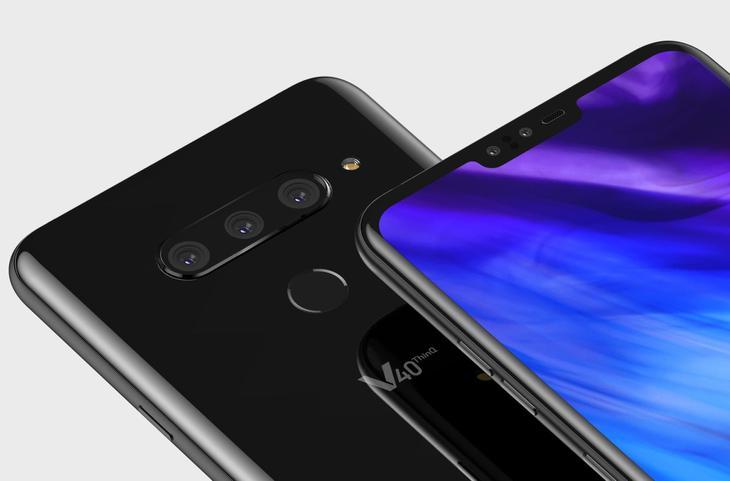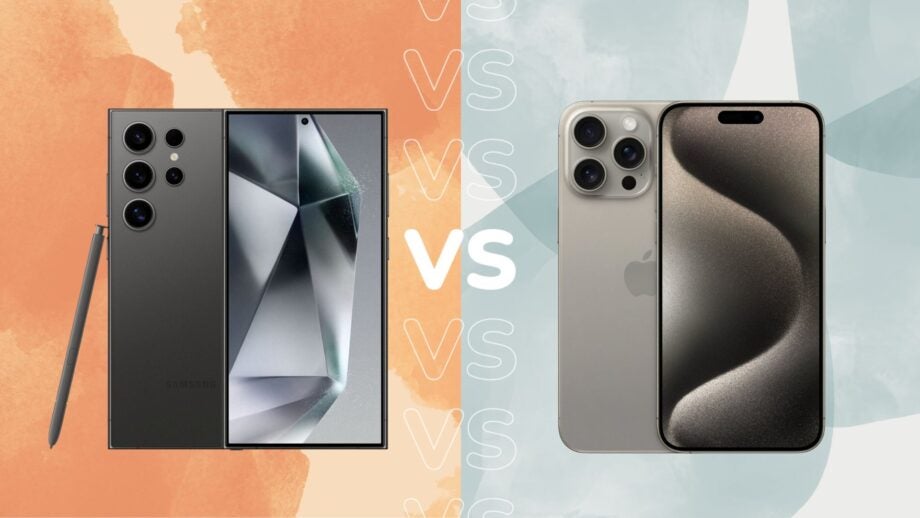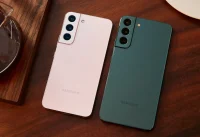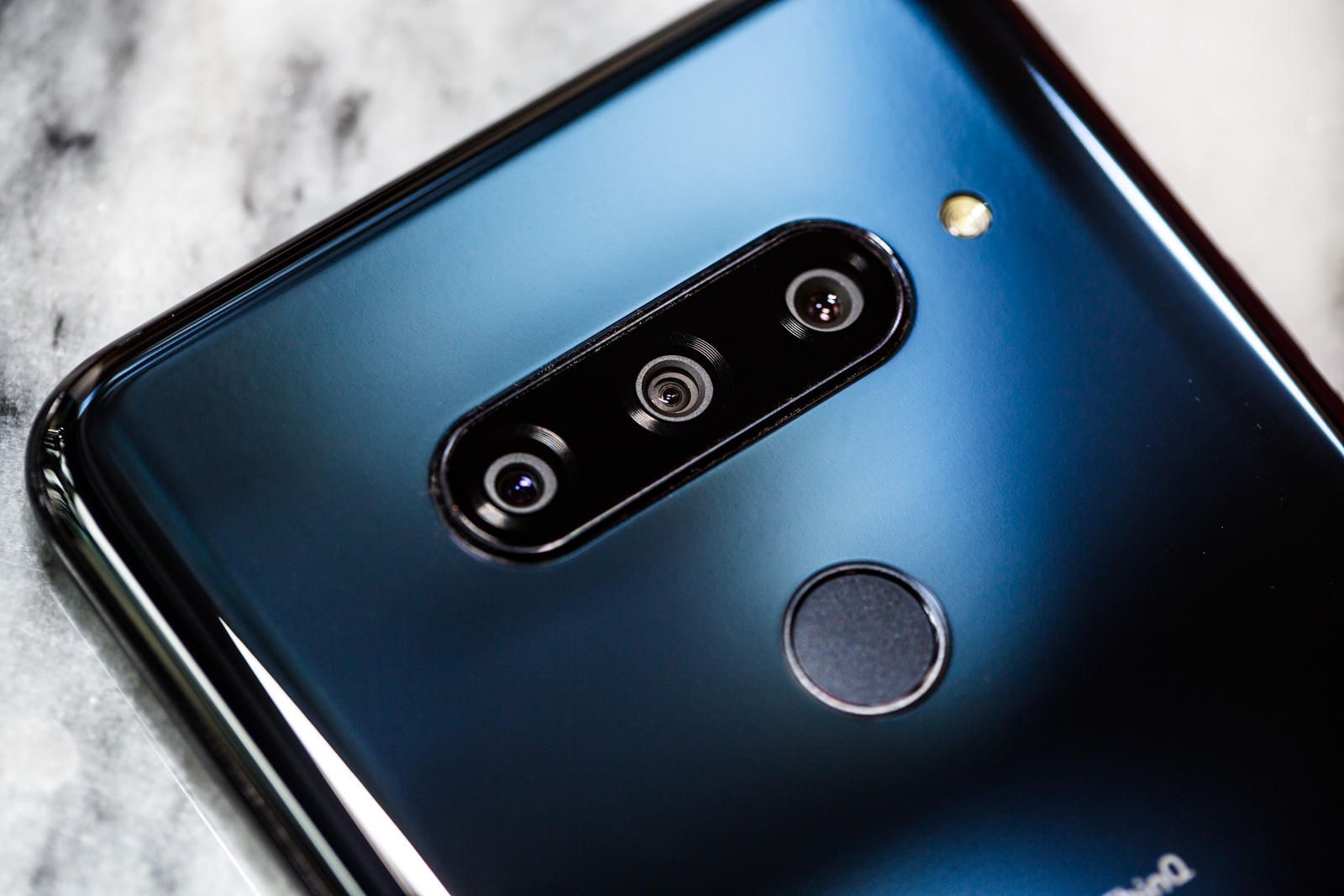LG v40 ThinQ’s five camera’s overkill
Do we truly require five cameras on a cell phone? LG has persuaded the response to that is true, thus the LG V40 ThinQ touches base with a quintet of sensors going from 8-to 16-megapixels and from a 45-degree field of view through to an astounding 107-degrees.
LG’s telephone isn’t the first to have three sensors on the back. Huawei’s all around looked into P20 Pro, for example, has a trio of cameras on its back, while mysteries for the up and coming Mate 20 Pro proposes that too will have three cameras. Be that as it may, the P20 Pro adopted an alternate strategy to what the V40 ThinQ is putting forth.

Zoom, Wide, and Ultra-Wide
The P20 Pro offers a standard sensor, a monochrome sensor for better difference information, and a fax sensor for an optical zoom. The LG V40 ThinQ, notwithstanding, has three shading sensors. What separates them is how much each will fit in the edge.
Similarly, as with the old V30, there’s a normal camera and a wide-edge camera. On the V40, the consistent cameras have a 78-degree field of view, utilizes a 12-megapixel sensor with a f/1.5 focal point, and has both optical picture adjustment and double stage recognition self-adjust. It’s the camera you’ll likely wind up utilizing the frequently.
The wide-point camera, in the meantime, is a 16-megapixel sensor, with a f/1.9 focal point. It’s quite smaller in its field of view than the V30: 107-degrees, versus 120-degrees on a year ago’s V-arrangement lead. You presumably wouldn’t fret, however, in light of the fact that there’s greater adaptability on the V40.
That is a result of its third sensor, which is a 2x zooming focal point. Its 12-megapixel, the f/2.4 sensor has a 45-degree field of view, however, gets you closer to your subject with none of the quality misfortune that you’d get with an advanced zoom.
Dual Front Camera Setup
That records for three of the LG V40 ThinQ’s cameras. The staying two are found on the front, in the indent cut-out of the 6.4-inch 3120 x 1440 OLED screen. There’s a standard, 8-megapixel camera with f/1.9 optics and an 80-degree field of view, combined with a 12-megapixel camera that has f/2.2 optics and a 90-degree field of view.
It’s the field of view which chooses what number of your companions – or the amount of the foundation – fits in the casing. Since it has two sensors, LG can do representation mode, with foundation obscure, with the front camera too.
Point over-burden?
With three back cameras to pick between, it’d be anything but difficult to expect you’d become mixed up in an excess of the decision. LG, however, has taken care of the additional sensor astutely. Its camera application has been refreshed to give sneak peaks of what every sensor can see, in the meantime.
Along the highest point of the screen you get catches for zoom, ordinary, and wide-edge. Tap them, and the fundamental see changes to the camera being referred to. Press and hold one of the catches, however, and you get three little thumbnails overlaid over the primary see, with a live view from every sensor.
They’re still genuinely little – bigger sneak peaks would be helpful, honestly – however, it’s sufficient to perceive how each shot would wind up being encircled. It makes picking between them more clear. At that point, you settle on your ultimate choice on camera and hit the shade catch
Other Intriguing Options
LG’s other feature highlights with the V40 ThinQ’s five cameras are somewhat less down to earth, all things considered. Triple Shot, for example, consolidates every one of the three sensors on the back. A photograph from each is taken thus, and after that the telephone makes a concise video slideshow, finish with ambient sounds and adjustable advances.
It’s a fascinating thought, however, the execution isn’t great. For a begin, the changes can be ruined in light of the fact that the three shots don’t arrange impeccably: you get the zoom impact among them, and afterwards it seizes the latest possible time. The recordings themselves are genuinely substantial as far as document measure, created at 1080p goals, thus sharing them on Twitter, Instagram, or other informal organizations rapidly requests a quick association.
At that point, there’s Cine Shot mode. That enables you to make cinemagraphs, or “living photographs,” where part of the scene remains still while different parts move. You film a three-second clasp, at that point utilize your finger to veil out which parts you need to move, and the V40 ThinQ makes a short video. They can look great with the correct subject, yet it is decent to have a GIF send out choice as well.
At long last, there are the camera lighting impacts, which feel basically lifted straight from Apple’s ongoing iPhones – and with correspondingly blended outcomes. There are five settings to pick between – Natural, Studio, Contour, Stage, and Stage Mono – and we’re yet to have satisfactory outcomes with the last two. Frequently the edges simply aren’t caught effectively, leaving people groups’ faces looking distorted.
So are five cameras what’s to come?
There’s positively such an unbelievable marvel as an excessive amount of decision, however, for LG’s situation, the V40 ThinQ’s variety of camera alternatives fills a fascinating need. Having the adaptability of both zoom and expansive encircling can be unimaginably valuable, regardless of whether a portion of the computational photography instruments LG offers are a little silly. We’ll have more examples from the V40 ThinQ in our full audit.




